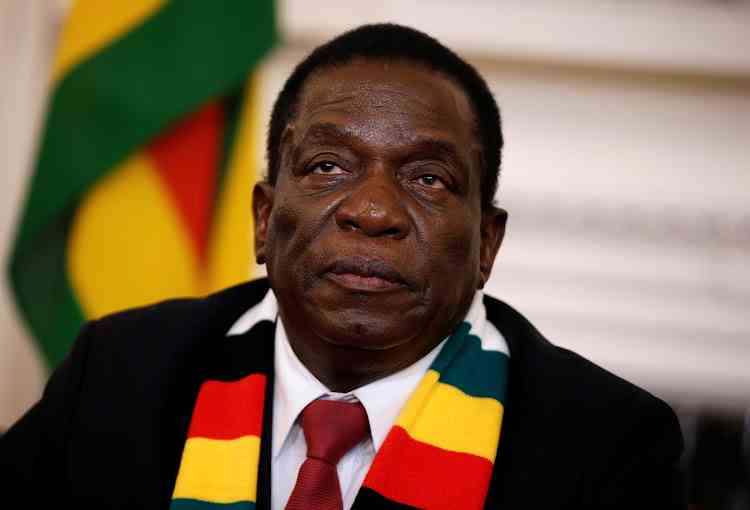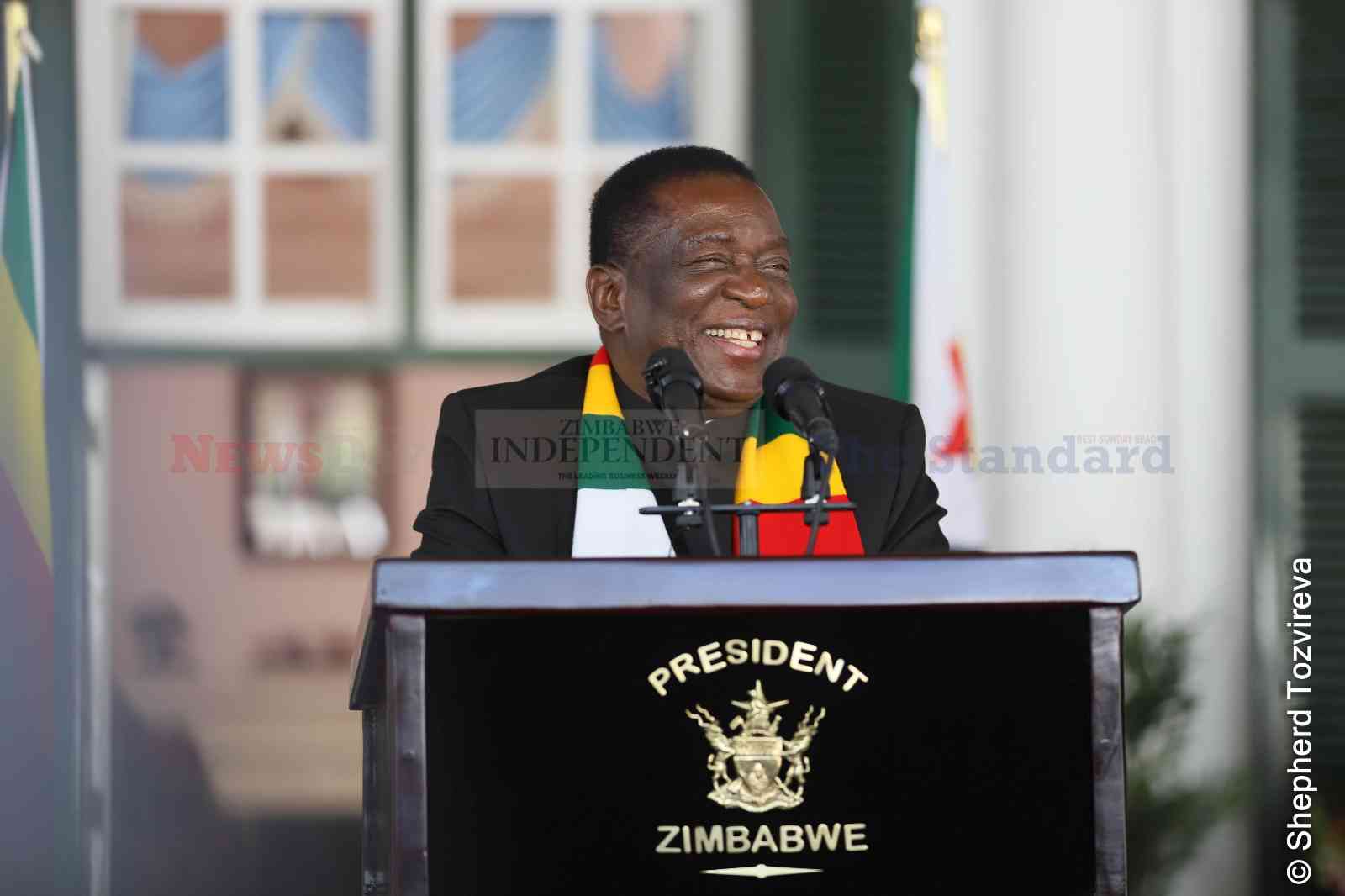
The United States experienced what has been described as the biggest cyclone disaster in their history. Cyclone Sandy has turned the US East Coast upside-down.
Report by Tapiwa Gomo
While the US is still counting the cost of the damage, the impact of the disaster has been felt far and wide.
New York City was down as millions went without electricity, Internet and telecommunication. The city was plunged into darkness cut from the world. The damage is estimated to be in the region of billions of dollars and caused a 0,5% dent on the US Gross Domestic Product.
True to its definition, the disaster halted the normal functioning of the Coastal cities of the US but unlike in other countries, it is not beyond the coping ability of the US government. Barrack Obama and Mitt Romney stopped their campaigns to focus on response operations. However, there are suggestions that Cyclone Sandy might have propped Obama’s climate change agenda against that of Romney. That is yet to be established as the US brace for what looks like a tightly contested election. Of course, I don’t intend to get into the US election this time, but to discuss disaster management and development. While the impact of Cyclone Sandy on the US is so colossal, I don’t imagine that they will call for humanitarian assistance. For the poor people who lost their houses and other properties, it will indeed take time before they can fully recover in an ailing economy which is not producing enough jobs. I don’t think we will see appeals and begging bowels in order to save the vulnerable and the affected people. This is not to say there are not people who are in need of such assistance, but I suppose the US government would not want to embarrass itself by showing its desperate side. Japan successfully managed its image during the 2011 earthquake, why not US? However, the story is different in Haiti, a country that is still struggling and reeling from the effects of the destructive earthquake in 2010. Haiti was actually the first to face wrath of the Cyclone Sandy before it headed to the US coastal areas. The situation is already humanitarian and desperate in Haiti than it is in the US, though the US suffered more damage economically than Haiti. Pictures of desperation are starting to emerge before we see American queues for porridge. A cyclone of similar magnitude, Favio, once hit the coastal areas of Mozambique in 2007 causing destruction in Beira and rural places such as Caia. When we compare how similar responses are treated world wide, there is a world of difference which may be vital in informing government disaster response plans. Most African countries tend to think responding to humanitarian situation is a foreign aid responsibility and, therefore, not national priority. Haiti for example, prior to the earthquake, was a good example of how to build structures that can withstand cyclones. They never worried much about the hurricane season until the 2010 earthquake razed down their structures. But they pride themselves in having the knowledge to build hurricane-resistant structures. The same cannot be said of New York, for example, because they do not have as much cyclone experience compared to Haitians. Mozambique offers a different scenario. Caia district, for example, is one of the Cyclone and flood-prone areas in Sofala province. When cyclone Favio hit Mozambique, it was reported that almost one hundred thousand people were affected. Some were displaced, while crops were destroyed, but there was minimal structural damage. This is because most people who live along the Zambezi River do not build serious housing structures. And this is not because there are poor, but that is what suits their lifestyle in that area. The Zambezi River basin is generally very warm and, therefore, the people do not consider big housing structures a serious necessity. Some of them are seasonally nomadic and, therefore, do not require permanent and serious houses. During the rainy season they move to farm lands and move back to the banks of Zambezi River during summer for fishing. Interestingly, the Mozambican cyclone in Caia attracted a huge humanitarian attention even when the impact was not that huge. We saw more of the desperate pictures of supposedly homeless people in need of urgent aid. The Caia people were treated to the same global disaster response packages with little or no attention to the local cultural context. Blankets, beans and other relief materials found themselves on the market the following morning, simply because the people needed money more than they needed blankets in such warm environment. This did not stop the whole scenario to be a free-for-all. Disasters have become opportunities to show the strength of a country and pride in its image and people. You cannot claim sovereignty and pride when your people are being fed by the same governments you rebuke everyday. You cannot do so if there are pictures of flies feasting on your people’s lips. We haven’t seen them in the US so far. Japan also made it clear that they did not need aid, foreign volunteers or humanitarian experts as they had enough of those. Why can’t African countries do the same?











